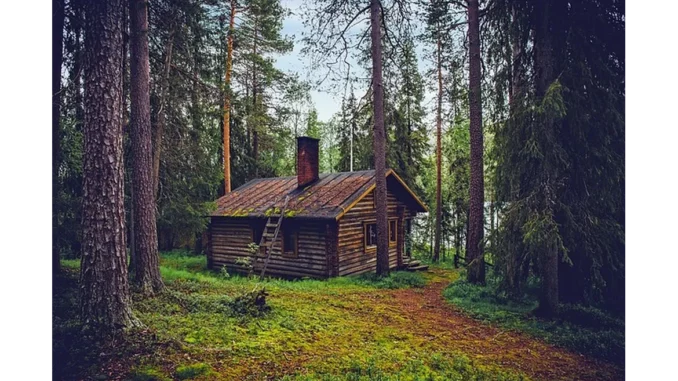
In the ever-evolving landscape of real estate, it’s clear that today’s buyers are looking for more than just four walls and a roof. They seek a lifestyle, an experience, and a connection to their environment that extends beyond the interior of a home. One of the key elements driving this trend is the inclusion of trees and hardscaping in property design. To delve deeper into this subject, I sat down with Richard Thompson, a seasoned landscape architect with over two decades of experience, to explore how these elements are not just aesthetic choices but pivotal investments in home value.
Add lasting value to your property with a luxury orangery from Elegancia.homes
Richard greets me with a warm smile as we settle into a sun-drenched corner of his office, surrounded by lush potted plants and an impressive portfolio of past projects. “You know,” he begins, “people often underestimate the power of a well-placed tree. It’s more than just a plant; it’s an investment in the future of your property.”
Richard explains that a mature, healthy tree can significantly boost a home’s value, sometimes by as much as 15%. “It’s incredible, really. Trees provide shade, reduce energy costs, and offer privacy. They also create a sense of permanence and stability,” he elaborates. The right tree can transform a mundane garden into a serene oasis or a lively gathering spot for family and friends.
But it’s not just about plopping a tree in the ground. Richard is quick to point out the importance of strategic placement. “You’ve got to consider the tree’s mature size, root spread, and how it fits into the overall design of the landscape. A poorly placed tree can cause more harm than good, especially if it starts affecting the foundation or blocking essential sunlight.”
Complementing the natural beauty of trees, hardscaping elements such as walkways and walls play a crucial role in landscape design. Richard gestures towards a series of photographs showcasing his work, where stone paths meander through lush gardens, drawing the eye toward focal points like water features or striking sculptures. “Hardscaping is about guiding people through a space, creating rhythm and interest. It’s like composing a piece of music,” he says with a twinkle in his eye.
Richard stresses the importance of integrating these elements to enhance functionality and aesthetic appeal. “A well-designed walkway doesn’t just look good; it connects different parts of the garden, making the entire space more usable and inviting,” he notes. “And when it comes to materials, there’s a world of options—from natural stone to modern composites—that can suit any style or budget.”
As we discuss the rising demand for outdoor spaces, Richard highlights how the pandemic has shifted priorities for many homeowners. “People are spending more time at home and want to enjoy every inch of their property. Outdoor spaces have become extensions of our living areas, places where we can relax, entertain, and connect with nature,” he observes.
This shift has seen an increase in homeowners investing in outdoor kitchens, fire pits, and seating areas, all seamlessly integrated into their landscapes. “It’s about creating an outdoor lifestyle,” Richard says. “And trees and hardscaping are the anchors that hold it all together.”
I ask Richard about the challenges homeowners face when embarking on these outdoor projects. He nods knowingly. “The biggest hurdle is often the initial cost. Quality landscaping requires investment, but the return is not just in property value. It’s in the quality of life you gain,” he explains. “Plus, there are environmental benefits. Trees improve air quality, reduce stormwater runoff, and provide habitats for wildlife.”
As our conversation draws to a close, Richard offers some advice for homeowners looking to enhance their property with trees and hardscaping. “Start with a plan. Consider how you want to use the space and what elements will bring you the most joy. Consult with professionals who can help you make informed decisions,” he advises. “And remember, good landscaping is a journey, not a destination. It evolves with you over time.”
As I leave Richard’s office, I am struck by the thought that the allure of a home is not just in its architecture or interior design, but in the harmonious balance it strikes with its natural surroundings. Trees and hardscaping, as Richard eloquently puts it, are not merely decorative features. They are the heartbeats of a landscape, breathing life and value into the spaces we call home.
By Sarah Dale


Be the first to comment